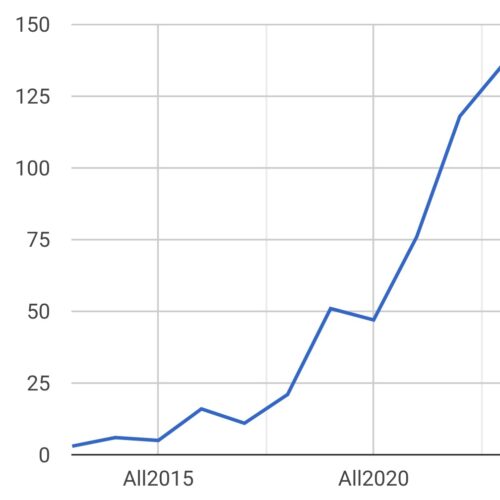The latest version of Tesla FSD is clearly still a horrible wreck, crashing and killing its way into automotive history as the worst transit technology ever made.
I used to write about the junkyards filling up with all the Tesla product failing to even reach 10,000 miles. Talk about a story that didn’t get enough attention.
Big change, however, seems to be afoot as sprawling Tesla delivery lots around the world are filling up with tens of thousands of unsold inventory. A Tesla crash has taken on another meaning.
By many objective standards, the electric vehicle maker is in a bad way. A grim story was told by its first-quarter results, released on April 23. The company disclosed its lowest automotive profit margin, 15.9%, in five years, a major decline from its peak…
While Tesla said it wasn’t smart enough to figure out how to make a $25K car, it’s current inventory is about to need to sell under that price point if at all. Tesla owners know the car they are about to die in is basically the quality level of a 1990s Kia, so they probably shouldn’t have paid more than that in the first place. The average age of Tesla drivers killed by “self driving AI” has been plummeting to around 23… as anyone with real life experience no longer would dare get in.
This move fast and “Heil Hitler” company predictably turns out to be so broken, all fraud all the time, that their products are unsafe at any speed.
The Securities and Exchange Commission (SEC) is likely to seek enforcement action that could bar Elon Musk from serving as an officer or director of a public company, according to former SEC officials. This move comes as the SEC investigates Musk’s alleged deliberate violation of securities laws…
Massive parking lots holding all the precious metals and batteries soon should be donated, safely parted out to schools for engineering and science classes. Think of all the school buses and bicycles that could be made instead.
Road safety can easily be improved by getting Tesla banned immediately, perhaps as a matter of national security. And kids should learn hands-on about the tragic Titanic of cars that threatened to kill them, their family and friends.




